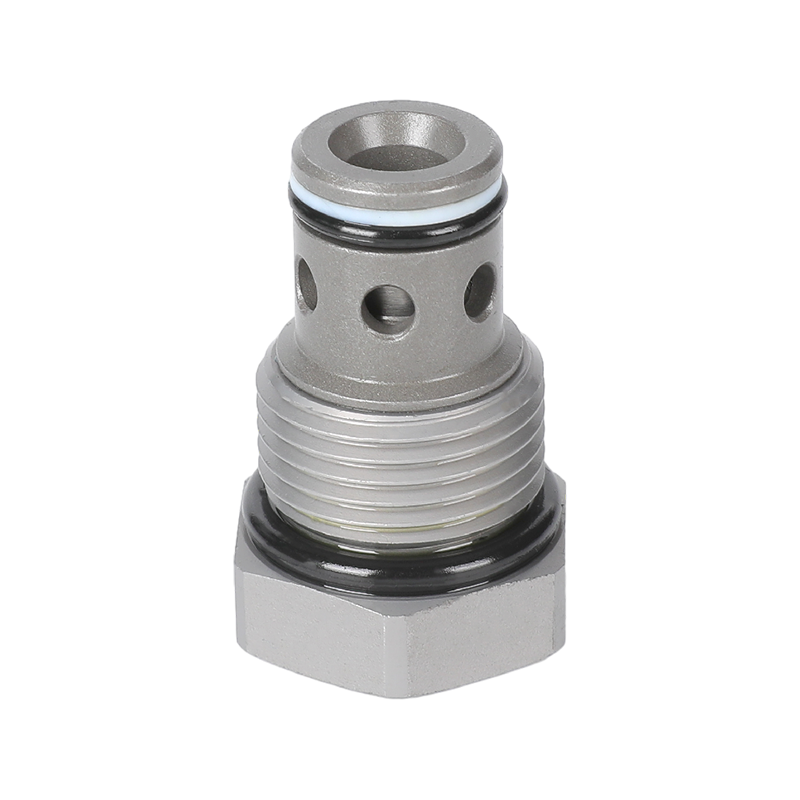1. A significant technical feature of the solenoid valve is its high efficiency and immediacy. When the solenoid coil receives the control signal, it can quickly generate magnetic force to drive the valve core or piston to quickly switch, thereby realizing the on and off of the medium. This ability to respond instantly allows solenoid valves to perform well in application scenarios that require precise control of fluid flow, such as rapid reversal on automated production lines, flow regulation of precision instruments, etc.
2. The design and manufacturing process of the solenoid valve strictly follows high-precision standards to ensure its stability and reliability under various working conditions. Through precise machining and assembly processes, key components such as the valve body and valve core of the solenoid valve can achieve high-precision fit, thereby reducing leakage and friction and extending service life. The control system of the solenoid valve uses advanced electronic components and algorithms to accurately execute control instructions and maintain stable output performance.
3. There are many types of solenoid valves, including direct-acting, step-by-step direct-acting, pilot-operated and other types. Each type can be customized according to different media, pressure, temperature and other parameters. This diversity enables solenoid valves to adapt to various complex and changeable industrial environments and meet different control needs. Solenoid valves can also be used in conjunction with various sensors, controllers and other equipment to achieve automated control and remote monitoring, improving the intelligence level of industrial production.
4. In industrial production, safety is always the primary consideration. Safety performance is fully considered during the design and manufacturing process of solenoid valves, and various protective measures such as explosion-proof, waterproof, and dust-proof are adopted to ensure that the equipment can operate in harsh environments. safe operation under conditions. The material and structural design of the solenoid valve also focus on durability and can withstand the test of harsh working conditions such as high temperature, high pressure, corrosive media, etc., extending the service life of the equipment.
5. With the advent of the Industry 4.0 era, solenoid valves are also developing in the direction of intelligence and networking. Modern solenoid valves not only have basic control functions, but can also achieve functions such as remote monitoring, fault diagnosis, and predictive maintenance through IoT technology. This intelligent and networked feature makes the application of solenoid valves in the field of industrial automation more extensive and in-depth, bringing higher efficiency and lower costs to industrial production.

 English
English русский
русский
 ++86-0575-87669088
++86-0575-87669088


